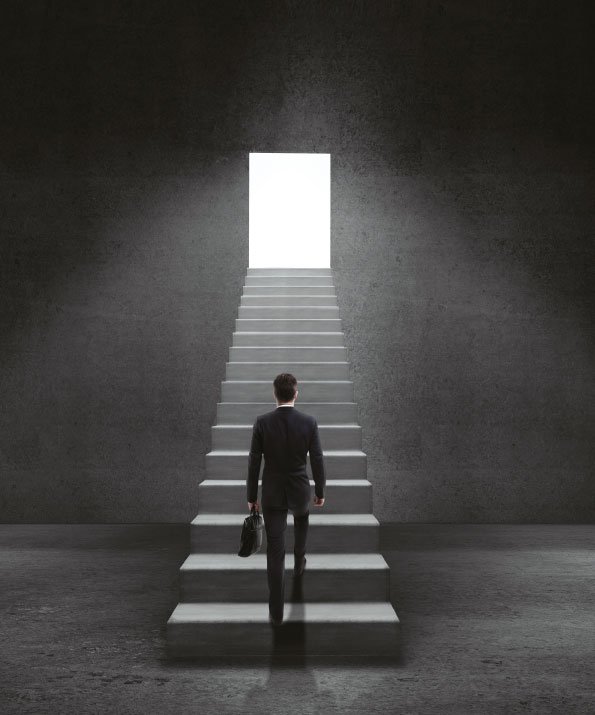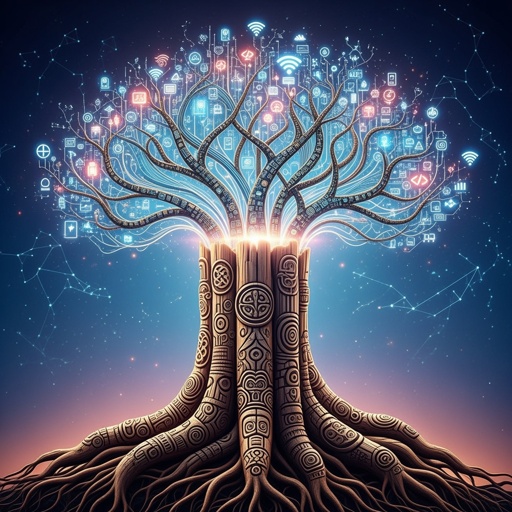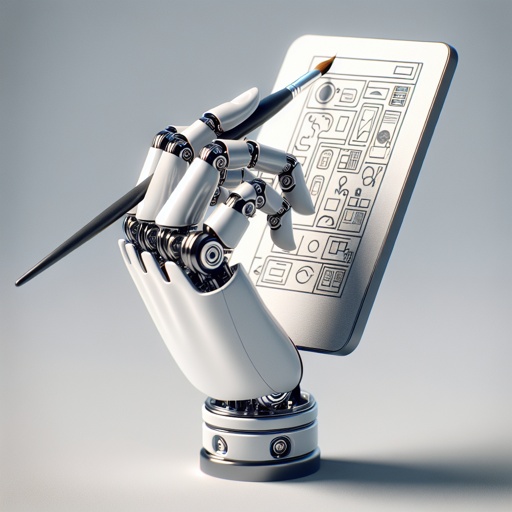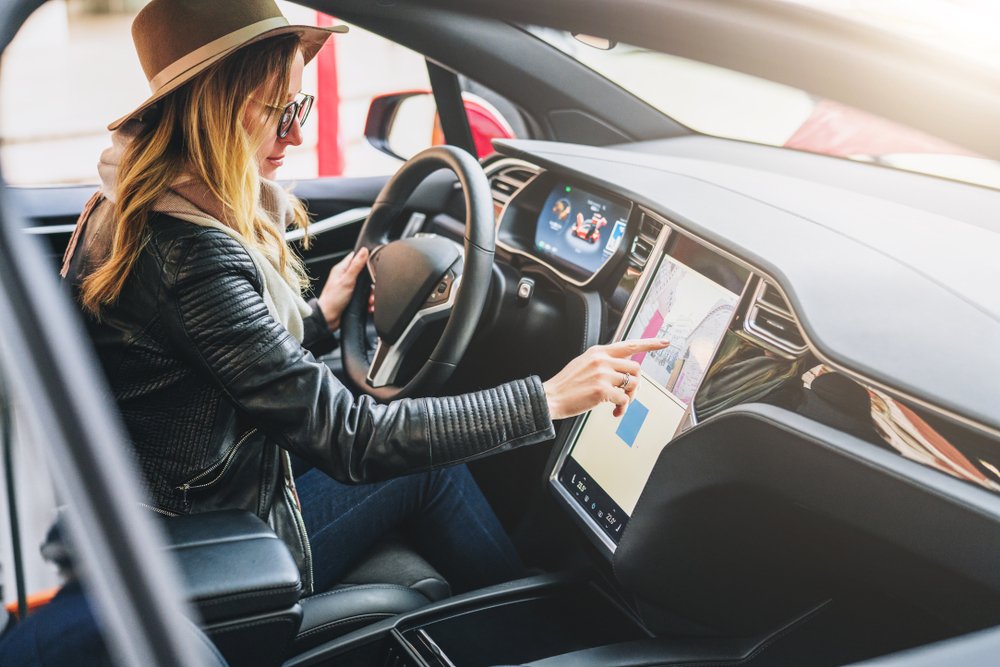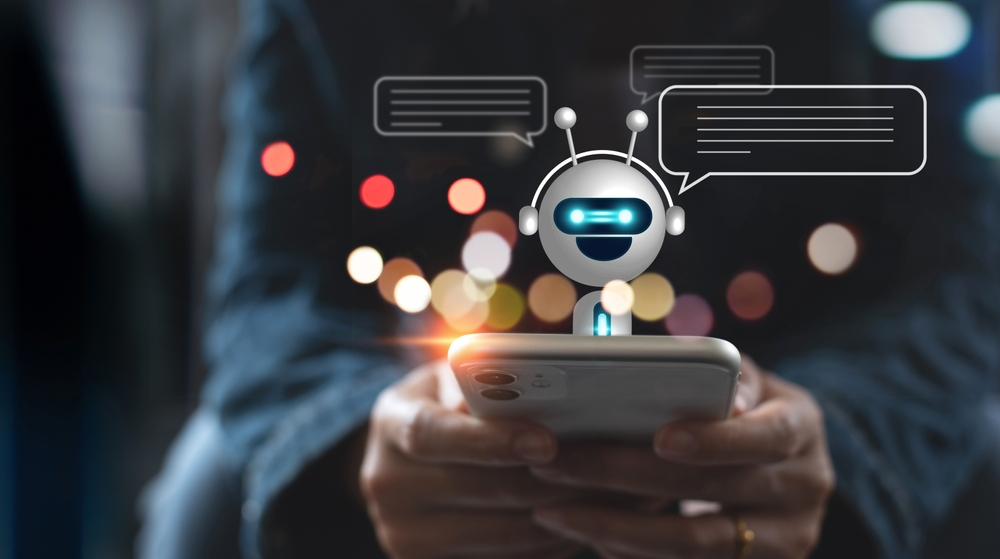EXIT CRM. ENTER CXM. WHY CUSTOMER EXPERIENCE IS THE KEY FOR BUSINESS SUCCESS?
We live in an era where acronyms signify expertise or the next big shift in technology. From a marketing perspective, CRM was an acronym that resonated for almost two decades. But times are changing. Today, marketers are in a race to deliver a superlative customer ‘experience,’ not just manage the ‘relationship.’ Enter CXM, exit CRM. Marketing can no longer operate in silos. CX-driven marketing requires behavioral data (social, web, media), CRM, After-Sales, and Finance. A great customer experience or moment is much more valuable than 100 bonus points. The best and most successful programs embed customer experience/recognition in their DNA, unlike the unsuccessful ones. The Jet Privileges program stands out due to the ecosystem and partnerships built beyond the flying experience. One can even book a flight on Indigo with Jet Privilege points! MarTech players were the first to adopt this trend, becoming the flag-bearers of Customer Experience Management (CXM). However, this doesn’t reflect well on the immense marketing talent available globally and in India.
A great customer experience can’t just be ‘enabled’ with MarTech tools; the ‘thinking’ still needs to be done. What exactly is customer experience? Why is it important? When should it be delivered? In what form? What is the ROI? These are fundamental questions every marketer should ask. They need to be addressed from a multi-dimensional perspective across the organization. Marketers have been adept at creating needs where none existed, and today, the only differentiation a product or service can offer is the ‘brand.’ The brand is the value generator, and more and more, the experience defines the brand.
The original pioneer in this space has been the Disney brand. And they have successfully served the most fickle, expressive and moody customers – children, and that too very successfully. The wristbands at Disney, Anaheim gives visitors access to all the Parks, get priority rides (fast pass), pay for Disney merchandise and food, unlock their Disney hotel room, give personalized greetings, imagine Mickey yelling out ‘Happy Birthday Jai, have a good one!’
The band also helps parents and children navigate the rush and directs them to available rides or shorter wait time. This not only enhances the customer experience but also leads to greater operational efficiency. The Disney Experience in a nutshell demonstrates how technology drives the integration of Operations efficiency, generating greater ROI, giving an unmatched customer experience from 6 to 60-year olds!
Marketers need to take charge of the customer experience. Today, it seems the belief is that technology is the key differentiator between a good and bad customer experience. However, technology is just a facilitator. With AI, ML, RPA, AR, VR, and IoT, we have enough jargon floating around to make us believe that investing in tools alone will deliver a superlative experience. But that’s the trap marketers must avoid. Marketing must remain people-centric. Delivering a great customer experience is about orchestrating and personalizing the entire journey—managing convenience, micro-moments, and delivering contextual communication at the customer’s chosen touchpoint, when they are ready. To achieve this, the entire Customer Experience Management (CXM) framework must be designed. This requires a mindset shift. It cannot be done in isolation. The entire organization and partner ecosystem must be involved. Yet, many organizations are not prepared for this transformation.
Key Reasons Organizations Struggle with Customer Experience Management (CXM) Transformation:
-
Unified Digital Experience Strategy is Hard to Execute:
A lot of people can talk theory, but when it comes to practice, that’s when it hits a wall—enter marketing automation tools, exit strategy.
-
Proprietary Tools Needed to Stand Out:
As tools and platforms become standard, there’s a need for custom-built solutions to differentiate the brand experience, blending automation and a human touch at scale.
-
The Plug-and-Play Dilemma:
Plug-and-play doesn’t work unless the strategy is rock-solid, with well-defined, measurable KPIs. The tool can’t do the thinking for you.
-
Silos Across Functions:
Every department – CMO, CXO, CTO, CIO, CFO, Sales, After Sales – has its own goals, leading to a chaotic mix of efforts. What’s missing? A unified customer experience masterpiece (CXM).
The Right CXM Framework Requires:
- A single, end-to-end customer view.
- The tools, intelligence, and capability to extract meaningful insights from siloed data.
- Real-time action on those insights.
- Seamless integration of all of this with existing processes, people, and technology. No ‘rip-and-replace’ solutions allowed.
The key question is that does the customer, experience the difference? There is a need for personalizing the experience with never before moments that requires ‘process-driven imagination at scale’. That’s what differentiates the best-in-class companies from the average ones.
How Amazon Masters CXM to Stay Ahead of the Curve: A Customer-Centric Revolution
Amazon is another example of how a tech-driven company can disrupt hugely successful business models of the past. Its maniacal focus on customer needs keeps Amazon far ahead of the curve. Today, what is Amazon? How do you define it? Is it an e-commerce platform, or is it an intrinsic part of a customer’s life? Just look at the continuous stream of innovations…
- One-Click Process: Minimal effort, maximum comfort. Amazon nails it with a process that takes the hassle out of buying.
- One-Day Delivery: Speed matters. Amazon gets that, fulfilling needs and desires faster than you can say “Prime.”
- Amazon Go: The future is here. No lines, no checkouts. Just grab and go. Convenience at its finest.
- Shop-in-Shop Stores: Amazon’s move into physical retail with Shoppers Stop brings the convenience of online to brick-and-mortar, fast.
- Alexa Voice Ordering: Want something? Just ask Alexa. No buttons, no fuss, just a seamless experience.
- Amazon Prime and Music: Curated content that knows what you want before you do, keeping customers coming back for more.
Another great example is the AskNestle initiative. FMCG marketers have long struggled to connect with customers and deliver a great customer experience. Products are sold off the shelf to a mass of people, most of whom remain unknown. The consumption of the product was once seen as the experience, but not anymore. Marketers are now creating experience opportunities to engage with customers. For instance, AskNestle provides a platform/service to mothers, offering a growth tracker for kids, custom meal plans, a food diary, healthy recipes, nutrition information, expert advice, and more. Imagine the data Nestle can gather from such an engaged and involved set of mothers.

Hansa Cequity: STEP Up to CXM with Strategy, Technology, People, and Processes
- Strategy: Define organizational goals and KPIs tailored to the customer experience you aim to deliver. Understanding why it’s relevant is key to a successful CXM framework.
- Technology: Design your solution architecture with the unique customer journey in mind, ensuring it aligns with your brand and customer needs. Opt for best-in-class point solutions, not one all-encompassing stack. The true power lies in seamless integration and orchestration within CXM.
- Empowering People: Foster collaboration across silos, empowering teams to make decisions. Remember, customers don’t differentiate between Marketing, Sales, and After Sales within their CXM journey.
- Processes: Build robust processes and governance mechanisms to continually review and adjust as needed. Measure everything, but act on data points that will drive the largest impact on your customer experience.
Globally, brands like Kohl’s, Best Buy, Equinox, Air Canada, SunTrust Bank, Mastercard, and Toyota have taken big strides in Customer Experience Management. Toyota, for example, has a unified view across silos like Sales, After Sales, Financial Services arms, and across brands/organizations, including Lexus. It was a humongous task to integrate across the Americas, but now that it has been accomplished, they have a very good idea of who their customer is. By layering this with an Identity Management program and intelligence to pick up the ‘intent’ of the customer, they are well poised to deliver a superlative customer experience.
Spotify, a subscription-based service, provides an amazing experience for audiophiles. Their acquisition of Tunigo allows users to manage playlists at any moment. Echo Nest and its ML-based tech offer recommendations and predictions, giving an unmatched listening experience. This is a pure play leveraging technology to enhance Customer Experience, drive stickiness, and keep the cash counters ringing month after month.
Look at how Nike has responded to the onslaught of technology. From building great shoes to providing personalized and curated content and information, a chip embedded in the shoes acts as a wellness system that tracks and analyzes workouts, offers a personal guide, and provides advice. From being an athletic gear brand to becoming a fitness and coaching services brand, Nike has successfully connected its products to experiences that improve the lives of their customers in a relevant and seamless manner. This also makes great business sense—engaged customers who run more, buy more, and have no reason to consider a competitor.
Organizations and brands in India will need to traverse some distance before reaching this point. The CMO’s role has fundamentally changed. He must now be the Chief Customer Officer, the Chief Experience Officer, and the Chief Growth Officer. This is the CMO’s chance to aim for glory and a seat on the Board. And of course, the success of this digital transformation lies with top management commitment, collaboration, and deploying the right people for the task. This is indeed the STEP-up change that will redefine marketing.


